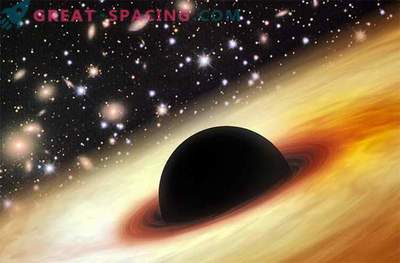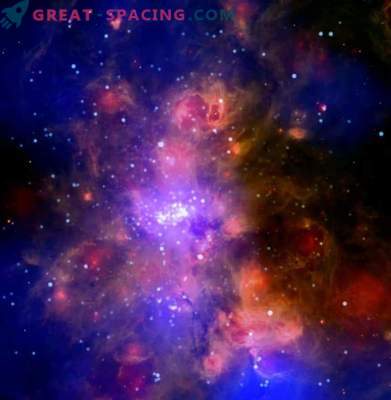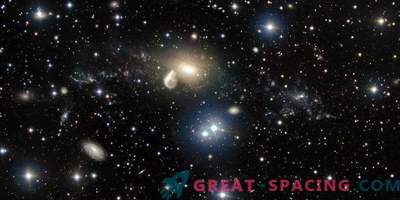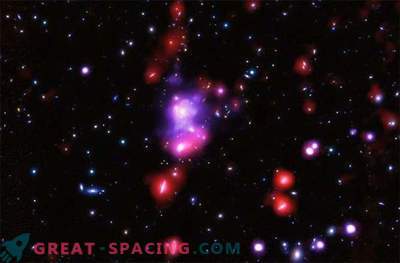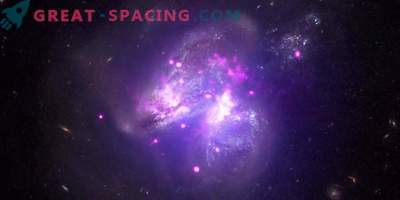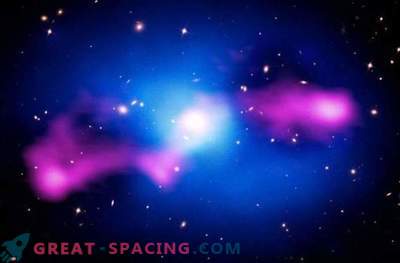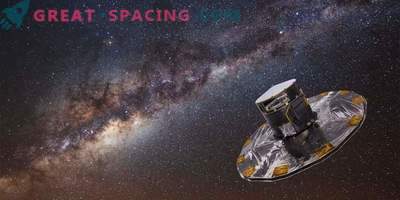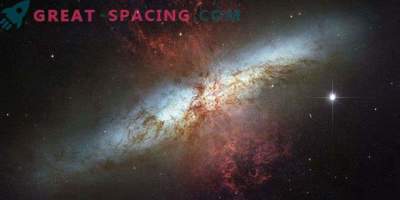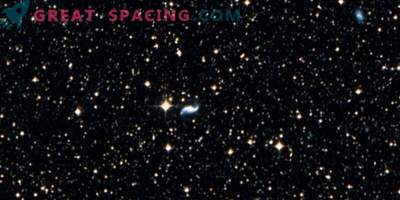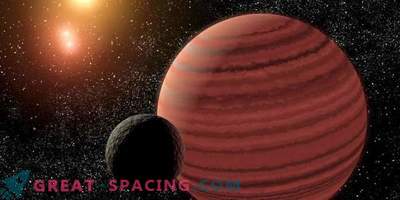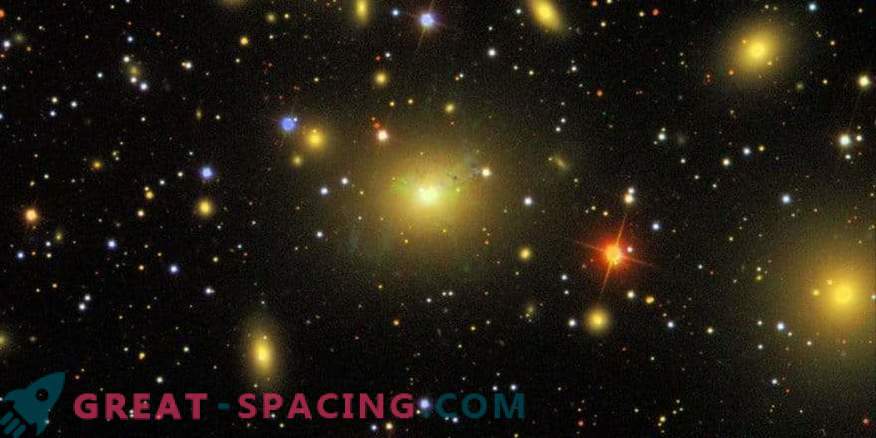
The image in visible light of the galaxy cluster of Perseus, distant by 240 million light years. Invisible is a thin, red-hot gas that creates x-rays
The mission of Hitomi ended in March 2016, but scientists managed to get interesting information about the movement of hot gas in the Perseus galactic cluster. Unprecedented parts are mined by a tool created by NASA and JAXA. This allowed for a more in-depth analysis of the chemical composition of the gas.
Perseus Cluster is located at a distance of 240 million light years. Holds thousands of galaxies that revolve around a thin, hot gas and are connected by gravity. The temperature mark rises to 50 million degrees Celsius and acts as a source of x-rays.
The Hitomi spectrometer allowed us to monitor the cluster from February 25 to March 6, 2016, and the total exposure took 3.4 days. The images displayed x-ray peaks with a resolution of 30 times better than before.
In the analysis, it was possible to find various elements, and one group is associated with the explosion of a supernova Ia type. It is believed that these explosions are responsible for creating most of the chromium, manganese, iron and nickel in space.
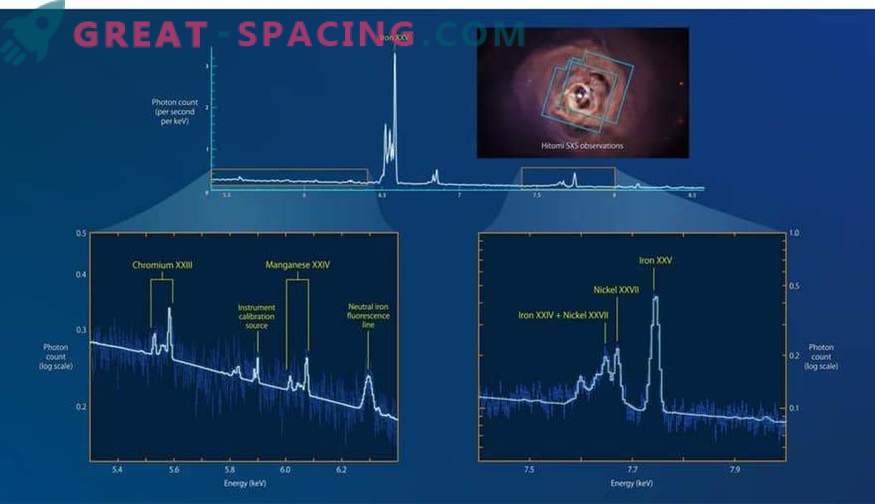
The Hitomi spectrometer recorded information from two overlapping sections of the Perseus cluster in 2016. The spectrum is 30 times more detailed than previous reviews and displays chromium, manganese, iron and nickel. Blue lines indicate x-ray data points. Ia-type supernovae lead to the destruction of a white dwarf in a binary system. This occurs when merging or proximity to a nearby star and stealing material. The white dwarf is gaining massiveness and loses stability.
It was important to understand whether the white dwarf is close to the resistance line (approximately 1.4 solar masses). Different masses create different amounts of metals with an iron peak. Therefore, the counting of elements in the cluster made it possible to understand which types of white dwarfs exploded more often.
It turned out that about half of the Ia-type supernovae should have reached 1.4 solar masses. It was also noted that a similar combination of supernovae creates elements of the iron peak in our system, which means that the cluster has collided with chemical evolution.
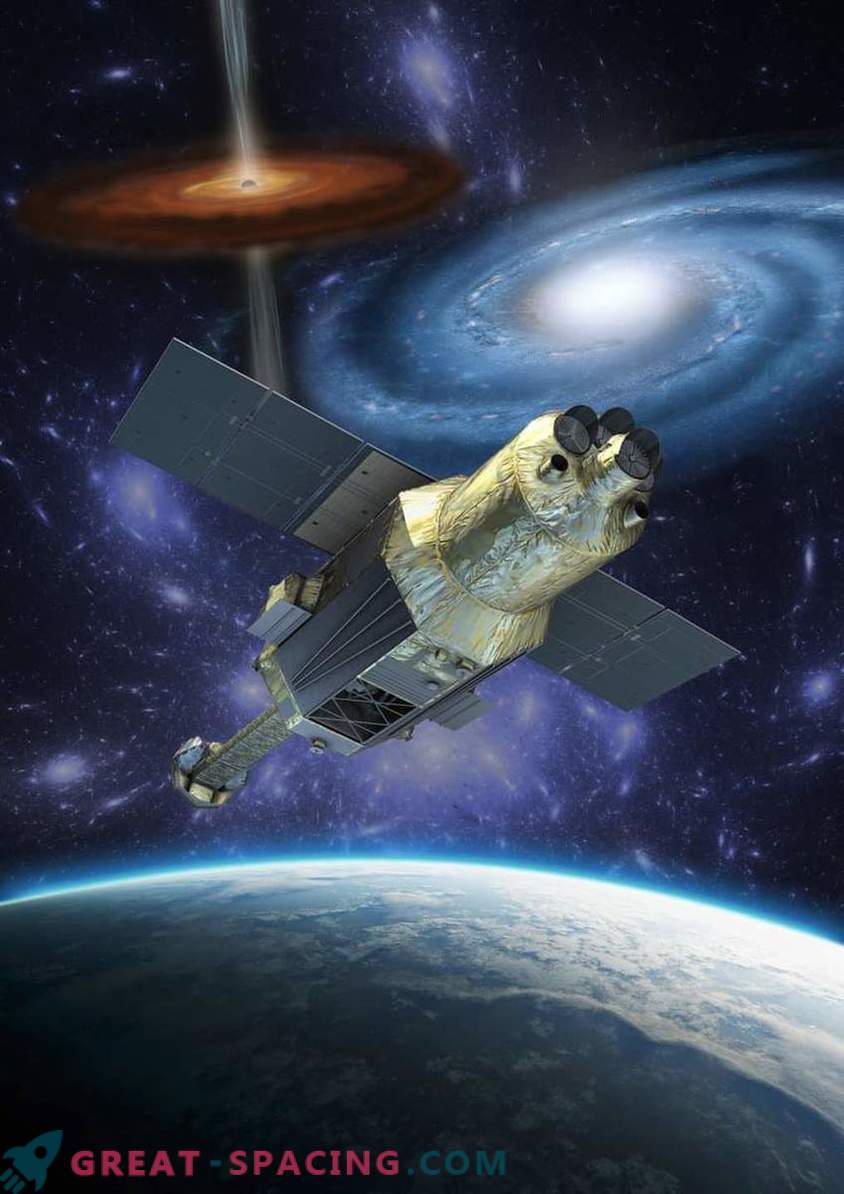
Hitomi X-ray Astronomical Observatory
Hitomi - an important mission, which allowed to delve into the history of one of the largest ecumenical structures and explore the particles and materials in extreme conditions. Now scientists are engaged in the XARM mission, which they plan to launch in 2021. One of the tools will have the capabilities of Hitomi.

